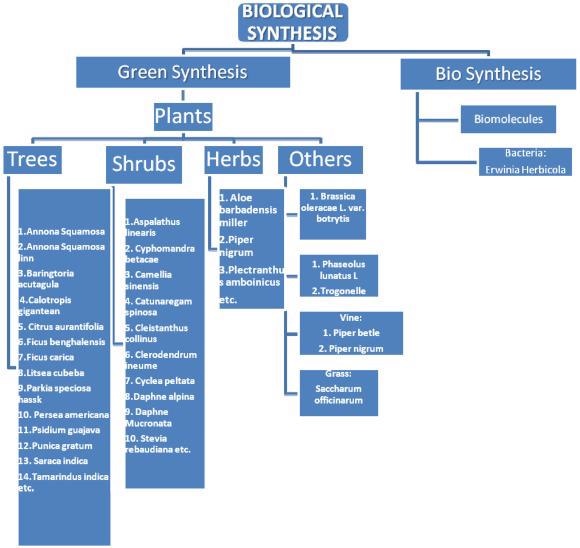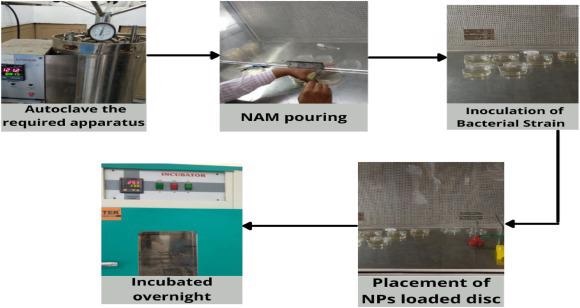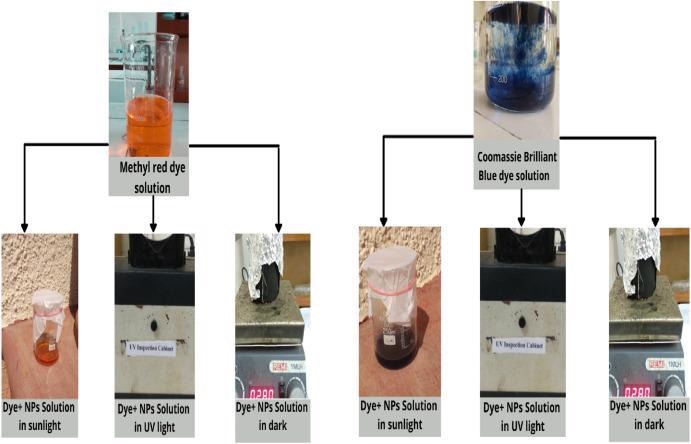As per the latest research published in the journal Current Research in Green and Sustainable Chemistry, green synthesis of tin oxide nanoparticles have additional benefits over those that are chemically synthesized.

Study: Plant extract mediated cost-effective tin oxide nanoparticles: A review on synthesis, properties, and potential applications. Image Credit: PIUA/Shutterstock.com
Materials in their nanoscale show entirely new chemical, physical and biological properties. Generally, nanomaterials are referred to when between the sizes of 1 to 100 nm.
In this scale, the properties of the material are highly dependent on its size, shape, and surface morphology. These exotic properties of nanomaterials have huge applications in various sectors.
Several nanomaterials are naturally present, while others are manmade. Nanoparticles are nanosized particles commonly categorized as metal, semiconductor, carbon-based, polymeric, ceramic, dendrimers, and lipid-based nanoparticles.
Metal oxide nanoparticles have shown high resistance to infection caused by bacteria, fungus, and other microbes.

Biological synthesis of SnO2 NPs. Image Credit: Ahmad et. al., Current Research in Green and Sustainable Chemistry
Green synthesis of these materials has been a prime focus for researchers, as they are more economic and environmentally safe to produce. In addition, metal oxide nanoparticles synthesized using this approach showed good results.
Tin Oxide Nanoparticle, a Wonder Metal Oxide
Tin oxide is one of the metal oxides that have appreciable physical, chemical, and optical properties. These are crystalline and are generally present in quasi-spheroidal and spherical morphologies.
Low manufacturing cost, high surface activity, high thermal resistance, and high physical/chemical stability are a few of the properties of tin oxide that have implications in gas sensors, photocatalysis, water treatment, solar cells, and energy storage devices.
Various chemical methods were studied for the synthesis of tin oxide; however, due to the toxicity of chemicals, huge expenses, and high temperature/pressure requirements, alternative green synthesis methods were explored.
Different Approaches to Synthesis Tin Oxide Nanoparticles
Bottom-up and top-down approaches for the synthesis of tin oxide have been explored in different chemical, physical and biological synthesis modes.
Bottom-up approaches are constructive methods that include the synthesis of tin oxide, which involves a reaction between small atoms and molecules. Top-down approaches involve reducing bulk material to the nanoscale through different techniques.
Chemical approaches are more viable for tin oxide synthesis owing to the ease of synthesis and control over the size as well as the shape.
Threats imposed by the chemical synthesis methodologies and side effects of the nanoparticles chemically synthesized were reported.

General procedure for the determination of antimicrobial activity. Image Credit: Ahmad et. al., Current Research in Green and Sustainable Chemistry
Green Synthesis of Tin Oxide
A review article published as an outcome of the collaboration of research groups from the Uttaranchal University, India, and the University of Seoul, Republic of Korea have elaborated on various green synthesis methods of tin oxide nanoparticles and emphasized its advantages as well as their applications.
Biological methods involve natural plants, plant extract, and microorganisms as reducing agents for the synthesis of nanomaterials. The advantages of this approach are its non-toxicity and cost-effectiveness.
Extracts from various plants/trees such as agar wood, papaya, aloe vera, drumstick tree, leaf extracts of fig, and many others were explored for the synthesis of tin oxide.
Tamarillo, bilimbi, and jujube fruit extracts acted as excellent stabilizing and reducing agents. Parts of plants such as flowers, roots, seeds, and peels were also studied for tin oxide synthesis.
The biomolecules in the plants like vitamins, proteins, amino acids, and other enzymes, as well as organic constituents, act as capping, stabilizing, and reducing agents for tin oxide nanoparticle synthesis.
Vitamin C is explored as a reducing agent in the biosynthesis of metal oxides. As an alternative to the plant extracts, bacterial as well as fungal extracts were studied for the biosynthesis of tin oxide nanoparticles.
The reports explored how the metabolites present in the bacterial biomass could act as excellent stabilizing and reducing agents for the synthesis of tin oxide nanoparticles.

General procedure for the determination of photo-catalytic activity. Image Credit: Ahmad et. al., Current Research in Green and Sustainable Chemistry
Applications of Green Synthesized Tin Oxide
Green synthesized tin oxide nanoparticles have shown various applications as anti-bacterial, anti-oxidant, anti-cancerous, and anti-microbial materials.
Tin oxide nanoparticles in different forms have exhibited anti-tumor properties against mammary gland breast cancer and Ehrlich ascites tumors.
Green synthesized tin oxide nanoparticles have also shown good photocatalytic activity towards the toxic dye expelled from industries. The effect of tin oxide nanoparticles towards methylene blue, methylene orange, Congo red dye, Rhodamine b dye, and many more dyes were explored.
Various physicochemical applications of green synthesized tin oxide nanoparticles have also been explored. Nickel-doped tin oxide thin films have shown efficacy towards the sensing of harmful and toxic gases like liquefied petroleum gas, ammonium, and hydrogen sulfide.
Other applications include the adsorption of heavy metal ions such as cadmium and the sensing of mercury ions in water samples.
This review work emphasized the advantages and the potential applications of green synthesized tin oxide nanoparticles, and detailed the various green synthesis approaches explored by researchers worldwide.
References and Further Reading
Ahmad et. al. (2021) Plant extract mediated cost-effective tin oxide nanoparticles: A review on synthesis, properties, and potential applications Current Research in Green and Sustainable Chemistry https://www.sciencedirect.com/science/article/pii/S2666086521001582?via%3Dihub
Kumar et. al. (2018) Biosynthesis of tin oxide nanoparticles using Psidium Guajava leave extract for photocatalytic dye degradation under sunlight Materials Letters 215 121 https://doi.org/10.1016/j.matlet.2017.12.074
Mohanta et. al. (2016) Tin oxide nanostructured materials: an overview of recent developments in synthesis, modifications and potential applications RSC advances 6 110996 https://doi.org/10.1039/C6RA21444D
Disclaimer: The views expressed here are those of the author expressed in their private capacity and do not necessarily represent the views of AZoM.com Limited T/A AZoNetwork the owner and operator of this website. This disclaimer forms part of the Terms and conditions of use of this website.